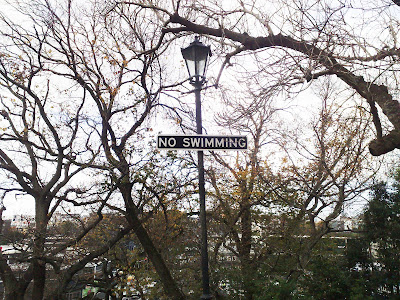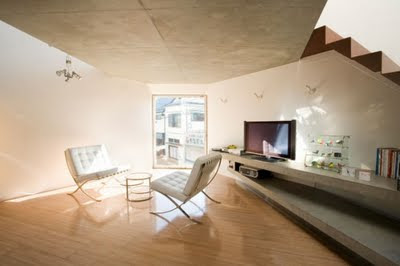The first thing you might think of when 'absinthe' comes to mind is a one-off shot of blue and a nasty burning of the throat. Brandished as one of the strongest of alcohol drinks, it is often a tacky bubblegum gulp that is drunk then forgotten. In some places, it has even warranted an outright ban and a bad reputation from people abusing its high alcohol content.
But for alcohol of any sort to get onto this semi-foodie, creative blog, it must be something good right? Absinthe (pronounced ab-sant), actually has a cultured way of appreciation. In fact, a ritual of sorts that parallels the Japanese tea ceremony in preparation and the dainty decadence of high tea. A Google search reveals that even Auckland might have such a bar, Cartel Bar in Mt Eden, that observes absinthe's poignant traditions. Staying classy, Auckland. I wonder if they still provide this service?
So the ritual of absinthe goes, a serving of absinthe is given in a glass, then with a porous spoon, a sugar cube (properly one would use a French 'a la perruche' sugar cube) is placed directly underneath a water dispenser. Then slowly, water is dripped onto the sugar so that it dissolves into the liquer, allowing it to 'louch', reacting and going cloudy. Once the drink clears, one can sip it in good company at a leisurely pace. Sounds good to me.
The elegance of it really struck my preconceptions of absinthe, and it is wonderful traditions such as this that really lift our tastebud experiences to finer heights.
For more info about the absinthe experience and its alarmingly dramatic history (poison of choice for Picasso, Oscar Wilde and other creatives then banned for good measure) visit The Internet Chef's experience at an Australian absinthe salon.













